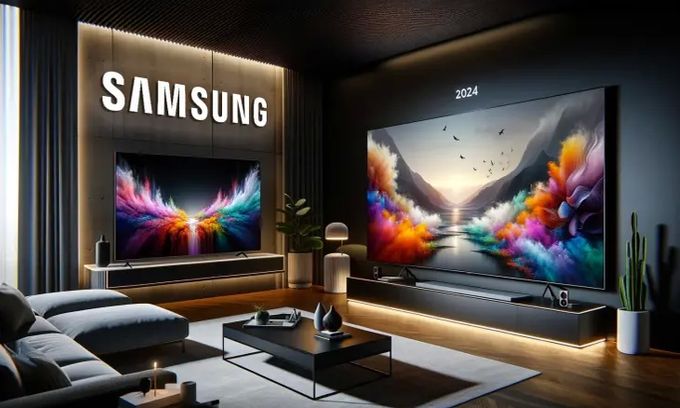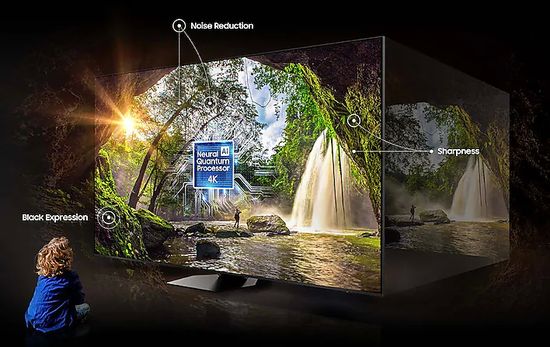IFA (Internationale Funkausstellung Berlin), Global Sources Consumer Electronics, Hong Kong, Electronica China, Shanghai, ISE (Integrated Systems Europe), Barcelona, etc. have long become convenient platforms for companies to demonstrate their innovative successes. But despite their abundance, the January CES (Consumer Electronics Show) rightfully claims dominance in this list, which has been held annually in Las Vegas since 1967. Of course, high-tech TVs and projectors всегда are always at the forefront of visitors’ attention. Traditionally, industry leaders unveil concept prototypes and products featuring new technologies, and this year was no exception.
TVs at CES 2024
This year the South Korean giants presented transparent Samsung micro LED modular panel and 77-inch LG Signature OLED T. To be fair, эти extravagant models are unlikely to be among the bestsellers due to huge price. To a greater extent, companies are demonstrating a trend towards creating transparent displays. Perhaps transparent panels will eventually take up a place in our living rooms once the price of these technologies comes down.
But of course, companies have also introduced a wide range of more affordable models using the most promising technologies. For example, META 2.0 3rd gen technology in panels of LG G4 and wireless M4 finally eliminated the brightness limitation probleml of OLED matrices.
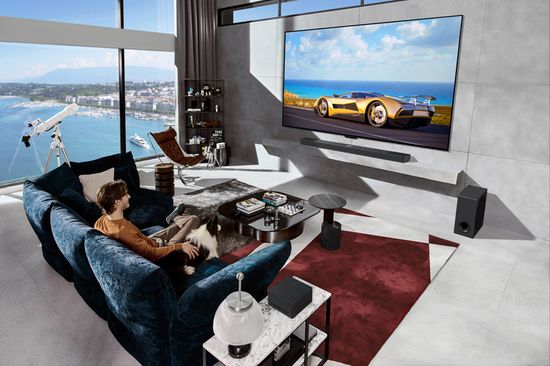
Its peak brightness in a 3% window reaches an unprecedented 3,000 nits, which is excessive even for HDR mode.
In turn, Samsung introduced the new S95D with next-level anti-glare coating. According to the company, OLED Glare Free technology is based on ‘a new, specialized hard-coating layer and surface coating pattern’.
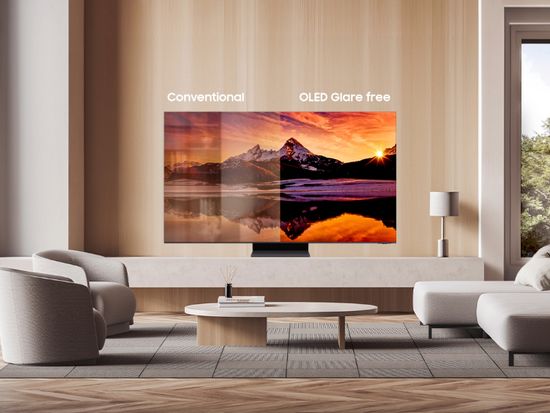
Moreover, compliance with the Unified Glare Rating (UGR) testing standards from the International Commission on Illumination (CIE) and International Organization for Standardization confirm its performance. Thus, the S line of Samsung TVs with hybrid QD-OLED panel already includes B / 2022, C / 2023 and D / 2024 series.
Of course, the company also did not forget about the development of its phenomenally successful Neo series. As known, it includes QLED models with quantum dot (QD) technology (wide color gamut and high color accuracy) and with mini LED backlight (superb contrast). In 4 years, Samsung has already introduced the A (2021), B (2022), C (2023) and D (2024) series. The Neo D series 2024 includes two 8K and three 4K models.
Samsung Neo QN TVs
The company uses for this series QNxA (2021), QNxB (2022), QNxC (2023), and QNxD (2024) names. Almost all series contain ‘budget’ QN85A/B/C/D, mid-level QN90x and flagship QN95x.
As known, the Neo QLED TVs are quantum dot (QD technology) LCD panels with mini LED backlight. QD technology has radically improved color accuracy and expanded color gamut by improving the white quality for RGB filter. In fact, the developers generate high-quality white using an additional matrix with microparticles deposited on it. Their size corresponds to the wavelengths of red and green. By absorbing blue from a blue LEDs array, the microparticles re-emit red and green depending on their size.
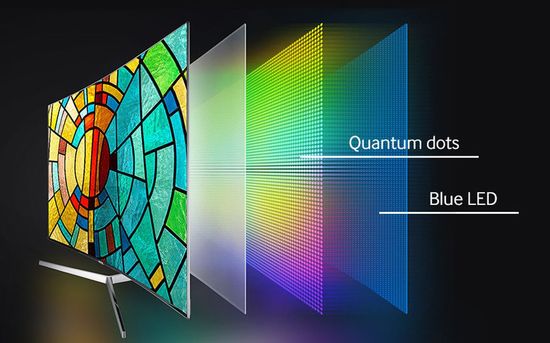
Mixing behind the film with unabsorbed blue, they generate high quality white.
Mini LED backlight was an equally epoch-making breakthrough in LCD technology. In fact, companies have replaced traditional LEDs with miniature ones, increasing their number to tens of thousands.
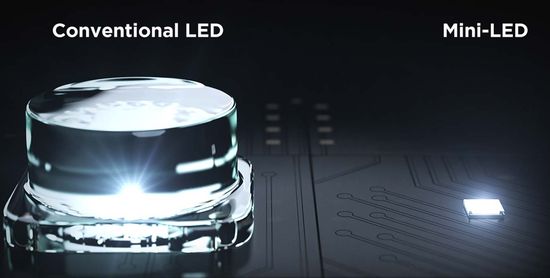
Using mini LEDs, developers have been able to create hundreds and even thousands of independently controlled local dimming zones, each of which combines hundreds of miniature LEDs. As a consequence, significantly increased precision of backlight intensity control ensured an increase in overall image contrast.
As a result, the image quality and, unfortunately, the price of QD mini LED TVs have reached OLED levels. Today Samsung Neo series dominates this segment. Their name has the ‘QN’ prefix. In fairness, LG QNED, TCL QM8 (2023) and Hisense U8K (2023) with similar technologies are cheaper, but they are slightly inferior in image quality. Therefore, the annual update of Neo QN is accompanied by a strong market reaction.
The sizes of the new Neo models range from 43″ to 98″.
Model lineup 2024
All TVs have Tizen OS 2024 and support HDR10, HDR10+ (HDR10+ Adaptive) and HLG formats.
– OLED 4K TVs – S95D / S90D wirh hybrid QD-OLED panel (144Hz) and S85D with WOLED panel (120Hz). The flagship S95D features a new matte anti-reflective coating, top-mounted speaker, Infinity One design and comes with Slim One Connect Box.
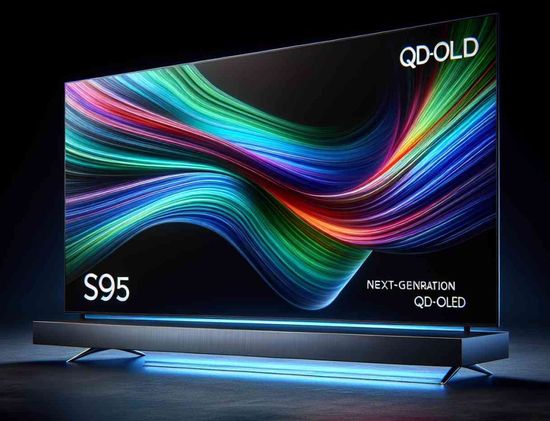
– LED QN series (QLED display and mini LED backlight) – QN900D / QN800D 8K, and QN95D / QN90D / QN85D 4K.
Flagship QN95D has 144Hz refresh rate, 90D and 85D support 120Hz only. The QN900D / QN90D series include huge 98in models with Samsung’s Supersize Picture Enhancer. It uses AI upscaling to optimize the sharpness of individual pixels. As known, a 98-inch display uses 2.3 times more pixels compared to a 65-inch display. In fact, AI optimizes upscaling, noise reduction, sharpness boost and black enhancement techniques.
Flagship QN900D
– 8K AI Upscaling Pro and Quantum Super Resolution Pro with NQ8 AI Gen3 (twice faster vs last year’s QN900C 8K);
– AI Motion Enhancer Pro – smooth playback with frame interpolation.
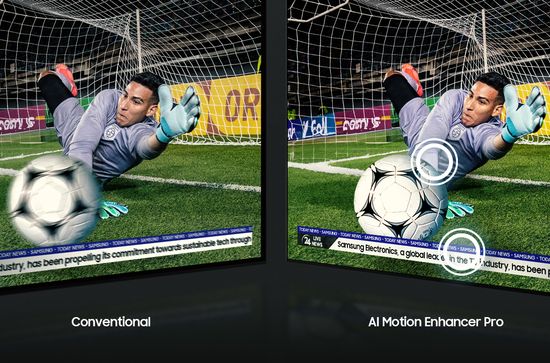
– Quantum Super Resolution Pro with NQ8 AI Gen3;
– Real Depth Enhancer Pro (3D similar image due to AI-based resolution control of the foreground and background);
– 4K@240Hz VRR support;
– OTS Pro 90W 6.2.4Ch Dolby Atmos-certified speaker;
– Infinity Air design with a screen only 12.9mm in depth.
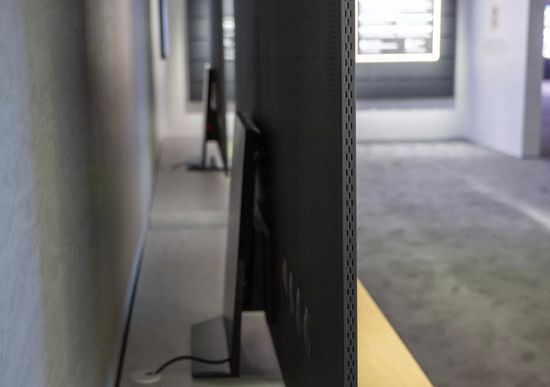
– improved compact One Connect Box;
– 2024 Q-Symphony (sync with soundbar);
– Active Voice Amplifier Pro (proprietary AI dialogue booster separates voices from mixed audio, enhancing voice clarity at any volume).
QN800D has 8K 120Hz display, supports 165Hz VRR, an Ultra Viewing Angle and Real Depth Enhancer Pro.
Samsung S and QN 4K specs
Samsung S90D vs S95D (4K and 144 Hz)
– no vs One Connect box;
– 42″, 48″, 55″, 65″, 77″, 83″ vs 55″, 65″, 77″;
Both
– 1,800 nits peak brightness;
– ‘infinite’ contrast;
– 60W 2.2.2ch audio (2x10W+2x10W+2x10W);
– color gamut – 100% in Rec. 709 / DCI P3 and 91% in Rec. 2020;
– 10-bit color depth;
– video proccesing – 4K AI Upscaling + Digital Clean View and Noise Reduction + Auto Motion Plus + Quantum HDR;
– Neural Quantum Processor and Pantone Validation.
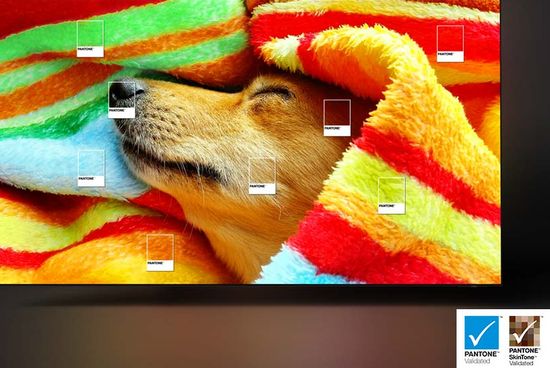
– gaming – input lag up to 10 ms, ALLM, FreeSync, Game Bar 4.0, Game mode, VRR.
QN95D vs QN90D
– 55″, 65″, 75″, 85″ vs 43″, 50″, 55″, 65″, 75″, 85″, 98″;
– 144Hz vs 120Hz / 144Hz;
– removable camera vs no.
Both
– 4K VA (QD) panel with miniLED backlight;
– NQ4 AI video processor;
– Game Bar 4.0;
– Dolby Audio (Dolby Atmos, Dolby Digital, Dolby Digital Plus and Dolby AC-4);
– HDR formats – HDR10, HDR10+ (HDR10+ Adaptive) and HLG;
– 4x HDMI 2.1;
– Real Depth Enhancer;
– Expert Calibration;
– Motion Xcelerator Turbo Pro;
– 60W speaker;
– Dolby Atmos OTS+;
– Filmmaker Mode;
– HGiG;
– Anti Reflection screen.
Conclusion
Overall, the brand fans brand received a wide selection of new TVs with improved specs and expanded functionality. To a large extent, they are due to the latest NQ8 AI Gen3 video processor (512 neural networks vs 64 in the previous version) and the updated Tizen OS 2024.
Significant progress of the S series with a hybrid QD-OLED panel is achieved through the improved OLED Glare Free technology, which is the most efficient in the industry today.
The flagship QN95D of the popular Neo series (QD+mini LED backlight) with a new video processor uses more efficient Pro versions of video processing technologies and expanded functionality of the new Tizen OS 2024.
Of course, they will have tough competition with superb LG OLED B4 / C4 / D4 / M4. In addition, they will face tough competition from cheaper Chinese TCL and Hisense TVs with similar technologies and Sony BRAVIA QD-OLED models. For example, the last year’s TCL QM8 and Hisense U8K costing just over $ 1,000 for the 65in model are still confidently included in many top lists of the most popular TVs. However, formidable competitors are unlikely to confuse the South Korean giant with an excellent reputation, which traditionally offers the highest service and innovation level.
This video showcases the new Infinity Air design of Samsung TVs 2024.
